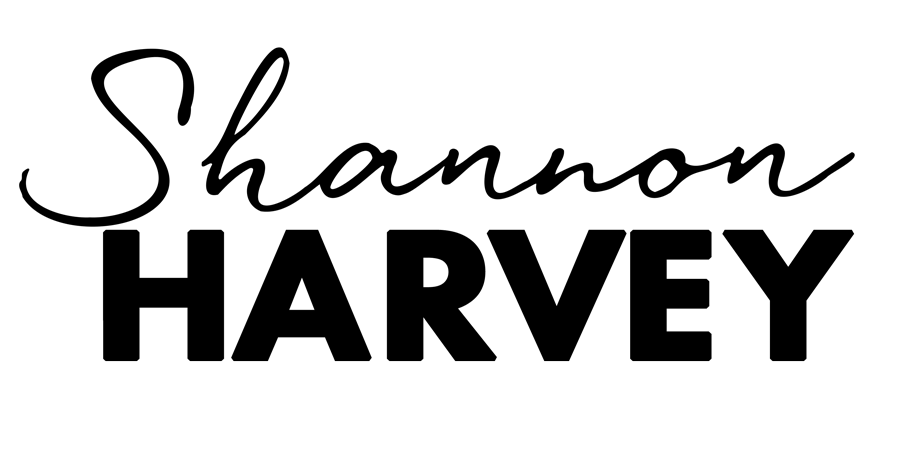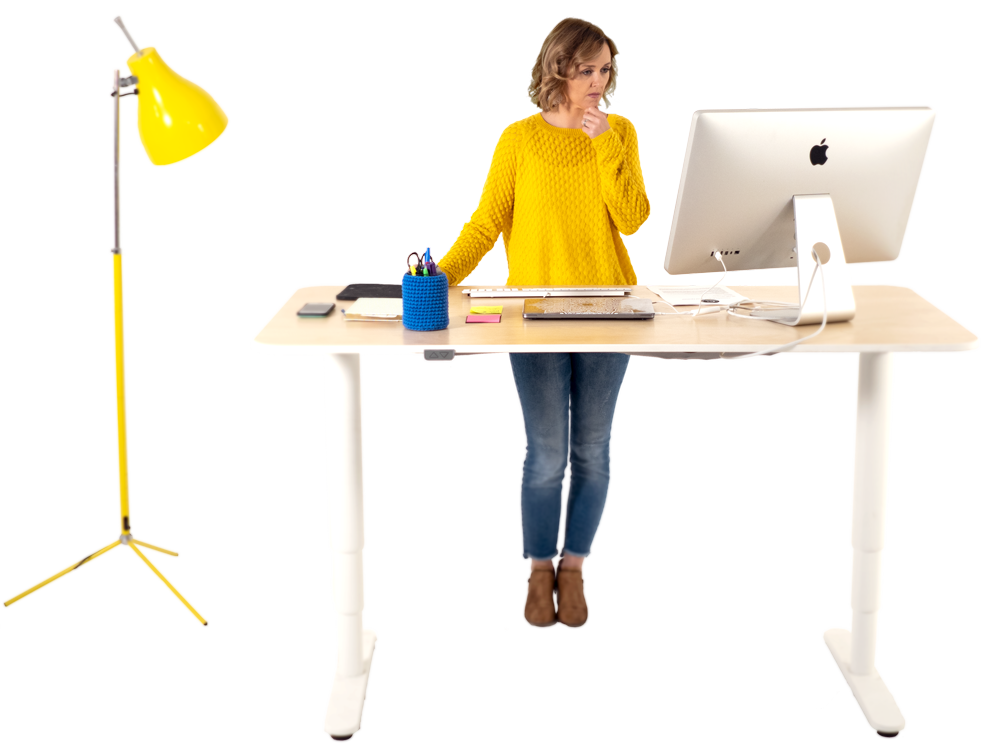
I couldn’t stop myself from marvelling at the bright-eyed woman across from me who I knew was experiencing what most people would consider intolerable pain, but was somehow nevertheless radiant, light-hearted and completely present as we sat eating a meal together.
The lunch date was both professional and personal. I was profiling Vidyamala Burch in my documentary My Year of Living Mindfully as a case study in coping with chronic pain. She’s the founder of Breathworks, an organisation with a global reach that, among other things, aims to teach people living with chronic pain and illness how to reclaim their lives through mindfulness mental training.
As a health journalist I was intrigued by Vidyamala’s work because we’re in the midst of a global (and seemingly unsolvable) chronic pain epidemic. According to the U.S. National Academies of Sciences, Engineering and Medicine, more than 11 percent of the American adult population lives with daily chronic pain. This comes at a cost of approximately $635 billion each year to the American economy, which is more than cancer and heart disease combined. It’s a similar situation elsewhere in the world too. In the UK, the British Medical Journal reports that 28 million adults live with chronic pain. In Europe and Australia, the ratio is one in five.
In recent years a number of studies have linked mindfulness based interventions to reduced pain and symptoms of depression, and improved quality of life compared with chronic pain ‘treatment as usual,’ support groups, education, stress management, and waitlist controls. These promising initial findings have meant that some of the biggest champions of mindfulness are no longer only Buddhist monks or alternative therapists, but medical doctors wanting to offer meditation alongside (or instead of) medication for chronic pain.
One of those medical professionals is Associate Professor Craig Hassed from Monash University who has been championing the use of mindfulness in mainstream medicine for decades because it sits comfortably alongside conventional care, can be delivered in supportive groups along with pain education, and also practiced regularly at home. ‘The thing to understand about pain, acute or chronic, but especially chronic, is that we experience the sensation and then there's all the mental and emotional reaction to the sensation. An old metaphor that's used is that it’s like two arrows. The first arrow is the experience of something uncomfortable but the second arrow that really harms us more is when we ruminate or worry over the pain; get angry about it, or feel afraid of it,’ Craig told me.
Although the grim reality is there are currently no universally effective medical treatments for the kind of pain that starts one ordinary Wednesday morning and is still there ten years later, researchers do know that chronic pain is as much about the cognitive and emotional response as the physical sensation. Far from being ‘all in the mind,’ neuroscientists are calling for chronic pain to be classified as a disease in its own right because, unlike the short and sharp rogue-piece-of-Lego-underfoot acute kind of pain, chronic pain can physiologically rewire us over time and involves complex neurological, biological, and psychological factors.
I'm well-aware that it’s not just the pain itself that hurts. As someone who experiences painful arthritic flare-ups related to an incurable autoimmune disease from time to time, I know all too well that behind the statistics lies a heavy emotional burden. Stories from frontline pain clinics report that when patients are asked to rate their pain on a scale of one to 10, with 10 being akin to torture, many rate their pain at 12. This is because spending every conscious moment in pain can feel mentally unbearable at times. Like so many others, I’ve also found that pain disrupts my mood, my sleep, my productivity at work and my social life, which also zaps my motivation to exercise and eat well. It’s little wonder that up to 85 percent of us in chronic pain are also affected by severe depression.
That’s why my interest to meet Vidyamala was also personally motivated. In the absence of a cure for my illness, I wanted to know more about the how of living well with chronic pain.
It’s not by choice that Vidyamala has become an expert in teaching people how to suffer. She was 16-years-old when she fractured her vertebrae by lifting someone out of a pool while doing lifesaving practice and discovered that she had a condition called spondylolisthesis, which subsequently required multiple surgeries. Then in her early 20s she was in a car when the driver fell asleep at the wheel and plowed into a telegraph pole. As a consequence, the once sporty, athletic, outdoorsy young woman has faced a lifetime pain. ‘A doctor would describe my medical diagnosis today as having incomplete paraplegia, paralysed bowel, paralysed bladder, and having chronic neuropathic and muscular skeletal pain. So my lived experience of being in this body today is that I’ve got pain, all the time,’ she told me as she contentedly tucked into her salad lunch.
Vidyamala’s medical team has made it clear that her body is so damaged that there is no medical or magical cure for her. ‘I needed to learn to live with it, somehow,’ she explained before describing how mindfulness training was the key. ‘I started mediating for an hour a day and also practicing mindfulness in all aspects of my life. I learned about pacing – about timing myself, not pushing myself – and it really changed my life enormously. I have a very effective life now. I travel globally. I teach globally. I’ve still got chronic pain. I’m still disabled. I’ve still got a paralysed bowel and bladder, my legs don’t work properly, but I have a really good life,’ she said.
I interviewed Vidyamala during my year-long documentary self-experiment to see what would happen to my health and happiness if I committed to daily mindfulness meditation for a full year and found our lunchtime encounter remarkable. Her spirited enthusiasm for life, her clarity of mind and effervescent joy was palpable, despite how much pain I knew she was experiencing. ‘For many many years, I felt I was a failure, [I thought] I can’t manage to earn a living, I can’t manage to sort my life out, and I can’t cure my pain; but there’s a distinction between healing and cure and the real healing is where you learn to live with your life as it is; with grace, with dignity, with acceptance, with courage, with kindness… So, I’m not actually very interested in cure. I’m interested in learning to live with my life, whatever arrives in any day. And we can’t control what arrives in our life, but we can control how we respond to what arrives in our life,’ she explained.
That was in 2018. Back then, I couldn’t help but wonder, if I kept my mindfulness training up, would I too one day feel that way about my illness and my pain? Now, more than a thousand days after my ‘year’ of beginning a daily mindfulness discipline, I’m still at it. And I do have a completely different relationship to my pain.
It’s still a work in progress but I’m learning to distance myself from my experience of pain. I’m less emotionally reactive and worry less that my health is in tatters during occasional flare ups. This is something I call being ‘discomfortable’. Comfortable despite life’s inevitable discomfort. And it’s not just my physical pain that I’m getting better at facing. I’m also leaning-in to my emotional pain – my difficult thoughts and feelings – instead of doing everything I can to distract from or avoid them.
I was recently reminded of apt way to sum all this up by a friend of mine, Jonathan Davies, who’s currently putting the finishing touches of his PhD on using mindfulness for chronic pain; ‘Pain is inevitable. Suffering is optional,’ he reminded me.





 The Connection (DOWNLOAD-TO-OWN)
The Connection (DOWNLOAD-TO-OWN) My Year Of Living Mindfully - Book
My Year Of Living Mindfully - Book




